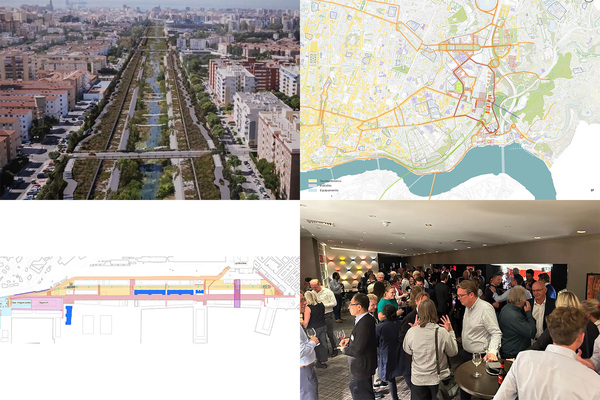As the end of this year approaches, and we plan for 2024, we’re taking a look at what some of our international members have achieved in 2023 and what they’re looking forward to in the months ahead.
Here are summaries from Málaga, Porto, and Trieste with a report from Utrecht on their September study trip to London. Read on to see how Málaga is making the most of disappointment, the consequences of Porto coordinating the interests of more than 20 property owners, how Trieste is ensuring its Old Port is not in a storm, and why Utrecht are cheering on Spurs. We applaud the optimism of our international friends.
With thanks to Ignacio Jáuregui Real (Málaga), Cristovão José Geraldes Afonso (Porto), Monica Goina (Trieste) and Kees Verschoor (Utrecht) for their updates.
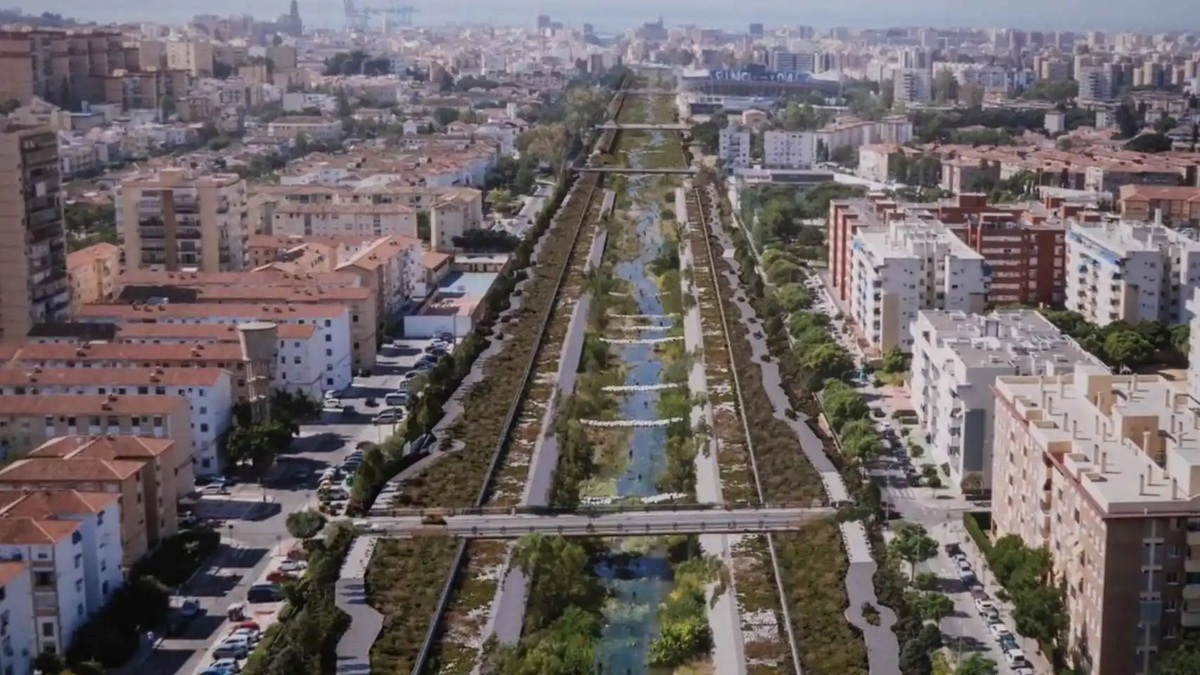
Málaga
Many of these projects came about following the unsuccessful bid to be an Expo city.
The land that was allocated for Expo will now be developed with a mix of residential, offices and public services “just at a slower pace and without external help.” Among the advances in the big scale planning area, probably the most significant is the long-awaited agreement with the regional government on the final details of the River Guadalmedina Plan. There was contention over the extent of river surface that could be covered and eventually a compromise was reached. The works could potentially start in earnest within a couple of years and will transform the city.
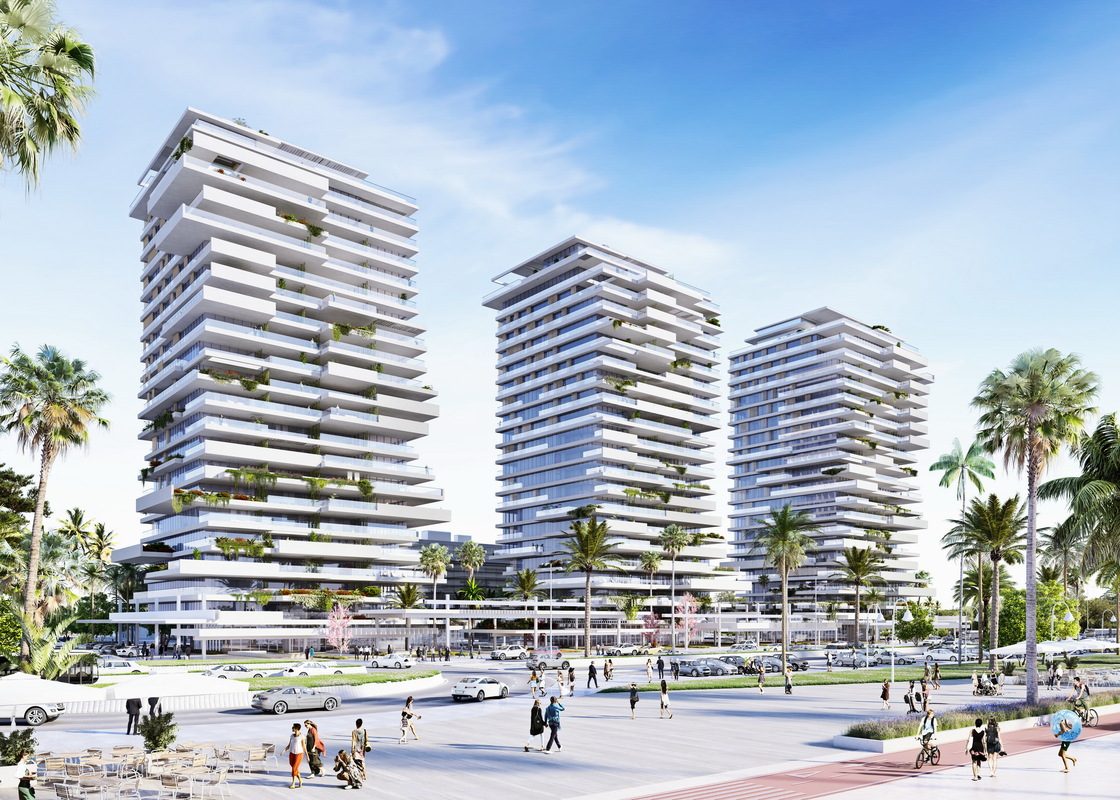
Meanwhile, the pedestrianisation of the coastline axis remains more of a pipe dream. Detailed designs are ready but not the funding.
But ready to go is the plan for an auditorium/opera theatre which has been waiting in the wings since 2008. Regional government has provided financial backing and there is hope that private investment will follow. Private sector investments are storming ahead which have led to a healthy public conversation about the cityscape. Time will tell if this has any impact.
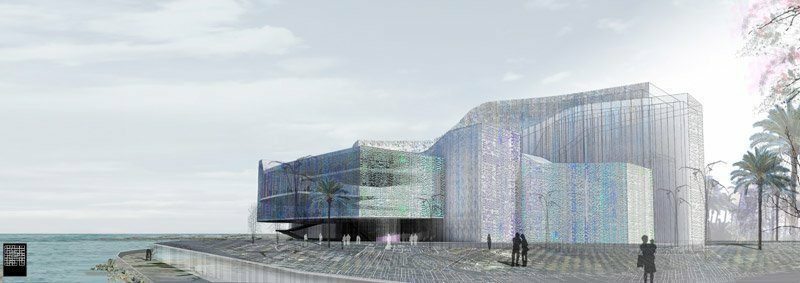
However, more likely to happen is the project for an auditorium/opera theatre which has been waiting in the wings since 2008. It has received financial backing from the regional government and the hope is that this will lead to further private investment. Private sector developments are progressing with tall buildings on the horizon. These have led to a healthy public conversation about the city scape although time will tell if this has any impact.

Porto
In 2023, a significant milestone was reached with the development of Nun'Alvares Avenue, connecting Foz do Douro to Nevogilde. This avenue represents one of the largest areas available for urban densification. In the course of the year, the interests of more than 20 property owners were successfully aligned, and enabled urbanization across an area spanning over 26 hectares.
This marks the start of a long-standing city aspiration, initially conceived in the early 20th century but then repeatedly postponed. This comprehensive urban project, included in the 2021 Municipal Master Plan, encompasses a 1.5-km-long road, the creation of two urban parks, two new squares, as well as a total gross construction area exceeding 176,000 square metres.
The project includes almost 134,000 square metres of public spaces. Furthermore, the plan includes the restoration of two streams that traverse the space and, in the future will be linked to public parks. Once completed approximately 31,000 sqm will be under municipal ownership which will enable increased public housing in the city. These planned developments are due to be finalised by 2024.
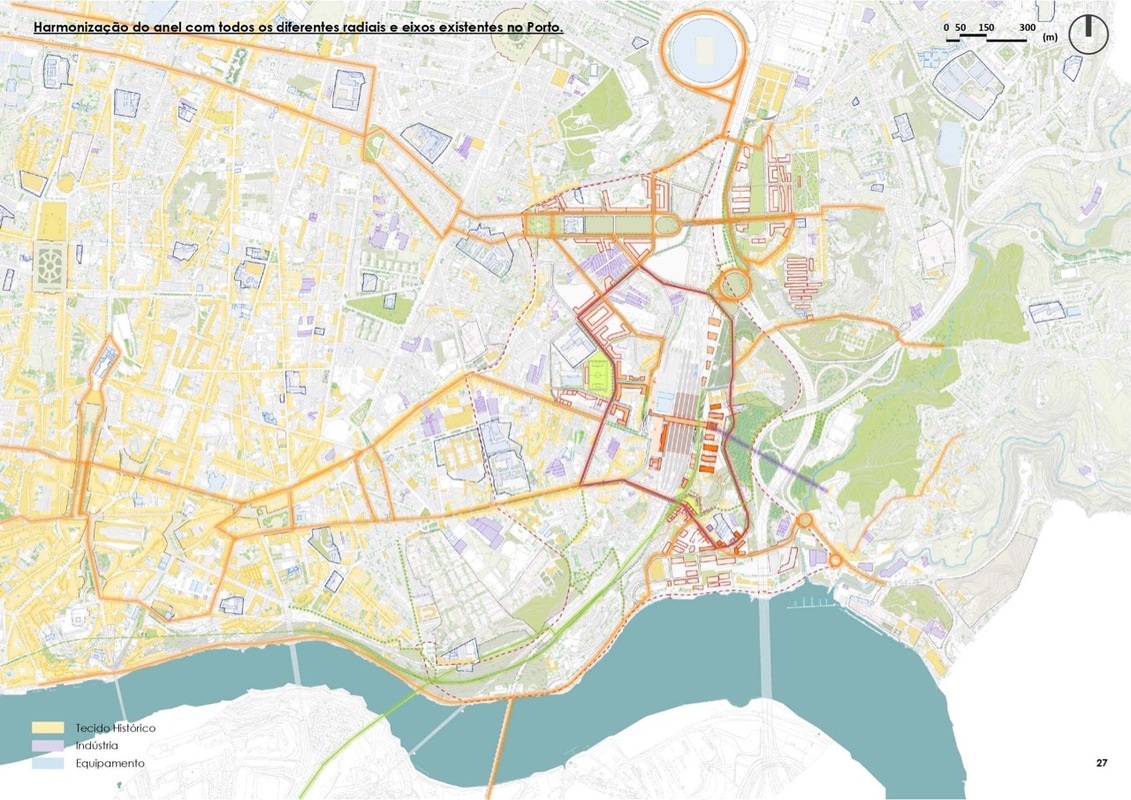
And moving into 2024, we expect to see the conclusion of the Campanhã Urbanization Plan. Unfolding across 158-hectares, this will define the development strategy for the city's eastern region, along with the construction of a high-speed train line and dedicated railway station. The objective is to introduce well-planned urbanization to an area historically lacking in strategic planning, by fostering territorial cohesion and establishing a development hub in the eastern part of the city which serves the Municipality and metropolitan area as well as the broader Northern region of the country.
This initiative will promote the creation and strengthening of a new central hub in the east, addressing internal mobility challenges and bolstering the urban economy, thus contributing to population growth and economic activity.
Trieste
There’s a lot of planning and construction in Trieste where the development of 17 projects in the Servola district is underway and, 22 projects in the Melara district have been completed with the deadline of a further five extended to the end of 2024.
Meanwhile, in the Old Port work will begin on the cable car system by March 31 next year, to be completed by December. Work on the Museum of the Sea continues: the north wing was opened on 3 October, the Mirador (on the roof) will be installed in January and everything is due for completion by 2025. The planning of the Citadella dello Sport is ongoing and works will begin by 31st March with completion due by 2026. Work on the Linear Park will start by the end of March, and finally, preliminary designs have been tendered for some Old Port buildings with others being evaluated and funded.

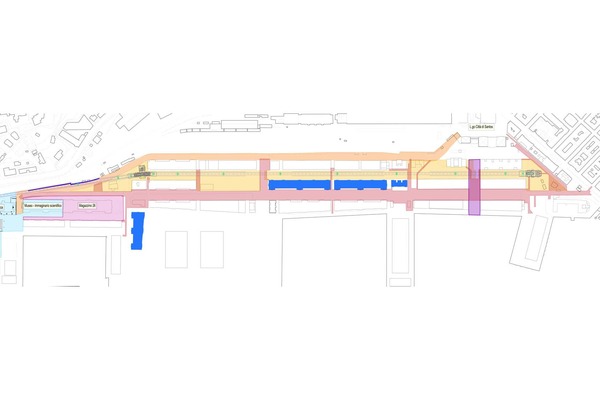


Utrecht
In September 2023, the Development Network Utrecht (a network of investors, developers, housing associations and, the city of Utrecht) visited London on a study trip. For the 53 participants, the highlight was a meet-and-greet with the Academy of Urbanism. It reminded us of the value of exchanging ideas and experiences and that sometimes boundaries do not really matter. Building healthy cities is a universal task and we look forward to creating a larger network of European cities within the AoU.
Lessons learned on the study trip:
- Private management of public space at King’s Cross delivers a nice, clean streetscape, but how inclusive is it? Or is this literally sweeping one’s own street?
- The 2012 Olympic Games are still delivering for the city in the form of parks and affordable housing. So, should we bring the Olympics to the Netherlands after all?
- The Royal Docks area is being built in very high densities. Good public transport is essential there, and lots of water gives a greater sense of space and room to breathe.
- Tottenham Hotspur Football Club’s commitment to the area around its new ground is impressive, with lots of social initiatives and even healthy area development. It is inspiring for other football clubs and urban planners alike.
All of us at the AoU look forward to hearing more about the progress of these projects.

